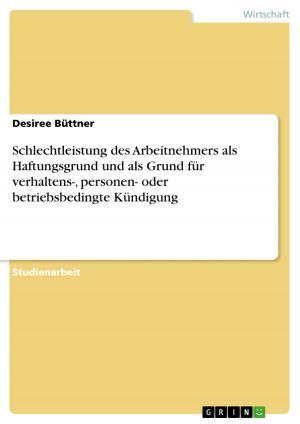Canadian Culture and National Identity
The School's Role in Debating and Discussing the Roots of our National Identity
Nonfiction, History, Americas, Canada| Author: | Jerry Diakiw | ISBN: | 9783656072294 |
| Publisher: | GRIN Verlag | Publication: | November 30, 2011 |
| Imprint: | GRIN Verlag | Language: | English |
| Author: | Jerry Diakiw |
| ISBN: | 9783656072294 |
| Publisher: | GRIN Verlag |
| Publication: | November 30, 2011 |
| Imprint: | GRIN Verlag |
| Language: | English |
Scientific Essay from the year 2011 in the subject Cultural Studies - Canada, York University, language: English, abstract: Many have argued that there is no such thing as a Canadian culture or identity. This article explores the history of how schools in the past have shaped a national identity and how cultures transmit their vaules and traditions to their young. This article argues that there are twelve commonplaces about Canada that all Canadians, regardless of where they live or how long they have lived here can identify with. The schools across the country have an obligation to debate, argue and explore these twelve commonplaces thereby promoting a shared Canadian culture that is fluid, flexible and evolving. It argues that these twelve are not fixed in stone but are just a starting point for 'keeping the conversation going'. It promotes a revisioning of our culture throiugh a myulticulturalism prism.
Scientific Essay from the year 2011 in the subject Cultural Studies - Canada, York University, language: English, abstract: Many have argued that there is no such thing as a Canadian culture or identity. This article explores the history of how schools in the past have shaped a national identity and how cultures transmit their vaules and traditions to their young. This article argues that there are twelve commonplaces about Canada that all Canadians, regardless of where they live or how long they have lived here can identify with. The schools across the country have an obligation to debate, argue and explore these twelve commonplaces thereby promoting a shared Canadian culture that is fluid, flexible and evolving. It argues that these twelve are not fixed in stone but are just a starting point for 'keeping the conversation going'. It promotes a revisioning of our culture throiugh a myulticulturalism prism.















